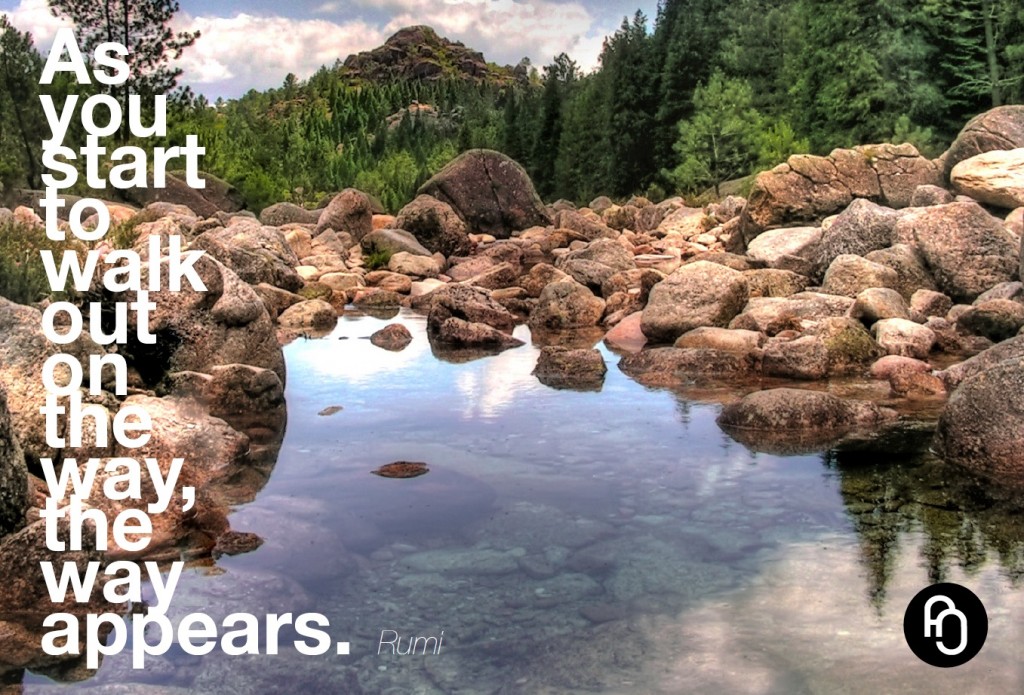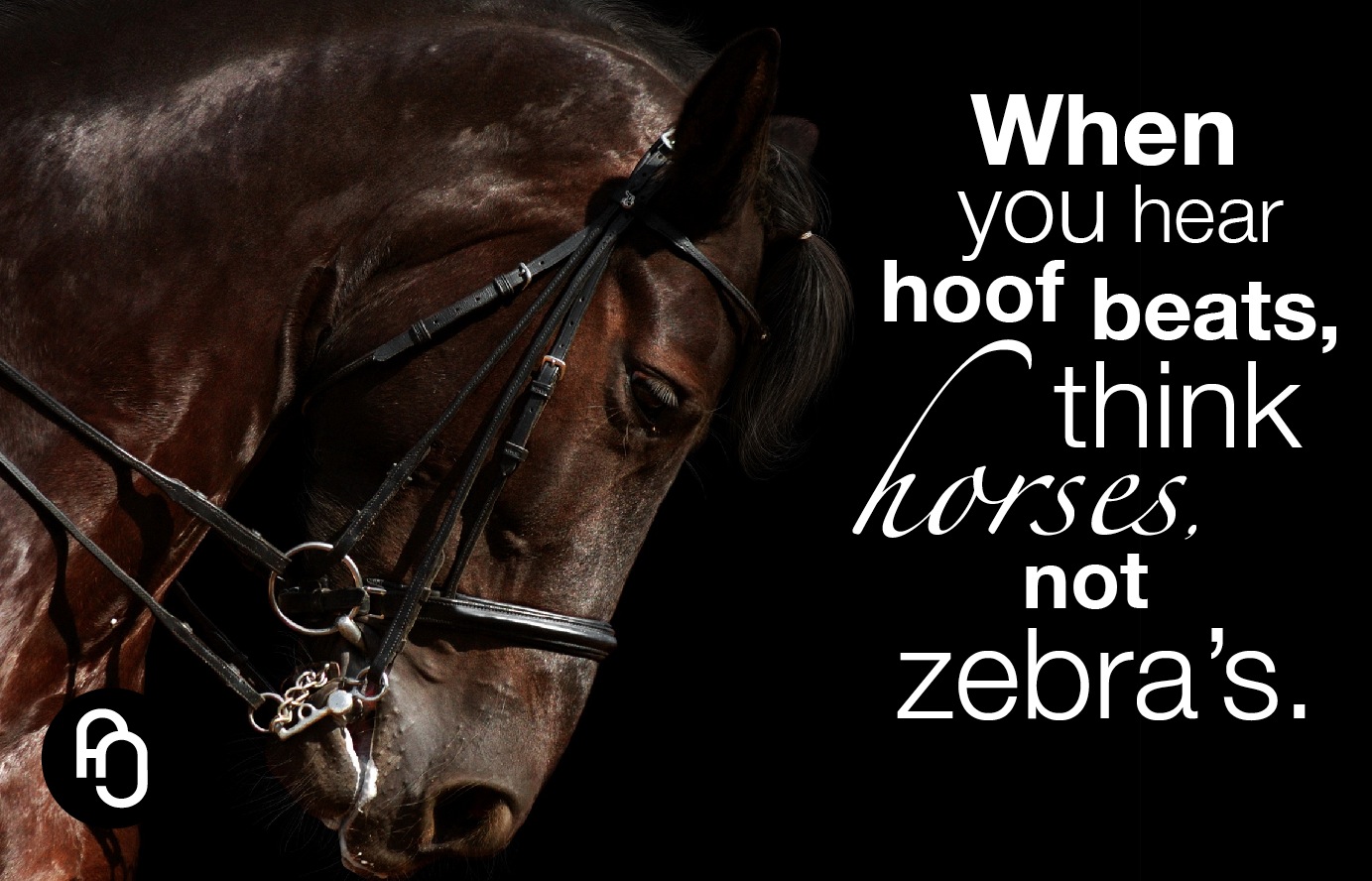This film is worth 16 minutes of your time. Because it’s beautiful, it will make you feel good and inspired and it might just change the way you view your life and career. The filmmakers describe the story as follows: “Disillusioned with his life, Dr. John Kitchin abandons his career as a neurologist and moves to Pacific Beach. There, he undergoes a radical transformation into “SLOMO”, trading his lab coat for a pair of rollerblades and his IRA for a taste of divinity. To me Mr. Kitchin or “SLOMO”, is a hero. A true inspiration. Because he’s a guide, showing us that underneath what we call “reality”, divinity is waiting for to be discovered. And he has the courage to do so in his own unique way, regardless of what others think of him, asking nothing in return. Now you may not need to abandon your career, maybe you can incorporate it in your career – but either way, I hope you feel inspired to find your own taste of divinity.
Tag Archive: inspirational

I guess you’re familiar with this sensation: one moment you feel great, and the next… well not so great. I sometimes feel like I’m nothing and sometimes I feel as though I’m everything. It’s a really fine line, much like it is with being crazy or brilliant. John Lennon had a nice way of putting it. He said: “Part of me suspects I’m a loser. The other part of me thinks I’m God Almighty”. I wrote a post about that one too. Anyway. A couple of days ago, I stumbled upon the “I, a universe of atoms…” quote by the American physicist Richard P. Feynman (1918 – 1988). And it’s stuck in my head ever since. Because to me his words are both mind blowing and heart warming. The thought of “I” being a tiny, stand alone atom – and an infinite, whole universe at the same time, blows my ego off it’s socks. Because “I” isn’t (only) the ‘earthly me’. “I” is a single atom and an entire universe, completing one another. Think about that when you’re looking at yourself in the mirror. So yes, it’s a quote I gratefully meditate on. It’s so simple and yet so deeply profound. It makes me feel humble and larger than life at the same time – it’s liberating. Look at us humans. Look at you, look at me. We are both nothing and everything. Again. That’s just… wow.

How do you know if you’re walking the way? You know when the way appears. How do you know when the way appears? You know when you experience inner peace, in the outer world. Now obviously inner peace can only be found within yourself and only in the present moment. For it to manifest you need to stop thinking, because thinking guides your attention to the outer world and to the past or future. Just observe your thoughts and it becomes clear. Instead, all you need to do is focus on your breath as it goes in and out. Your breath is your guide to inner peace. Your breath is always with you, and always in the present moment. So keep following your breath and like a little mountain stream destined to find it’s way to the ocean, you are destined to find your way to inner peace. Inner peace already is inside of you: waiting for you to discover it. And once you have, the way has appeared.
“It’s no wonder that we’re pessimistic. It’s no wonder that people think that the world is getting worse. But perhaps that’s not the case”. This is the opening statement of this video. Watch it and become excited about the future. Because perhaps we forget that we’ve only just begun.

Nobody likes having a problem. Nobody likes spending time on a problem. So we prefer a quick fix and cover it with a plaster. But sooner or later that plaster goes off and we’re back where we started. In order to really solve a problem, we need to understand the problem. And to know the entire solution, we need to know the entire problem. And so we need stay with it longer then we might like.
This film moved me. It’s about an older man looking back on his life in hurt. It’s a sad reflection, yet warm, inspirational and uplifting at the same time. For it concludes with a wonderful quote by Charlie Chaplin saying: “Nothing is permanent in this wicked world – not even our troubles”. To me a reminder that the world indeed can be a wicked place, for happiness isn’t permanent. But in the end the same goes for sorrow. Clinging on happiness or sadness? No, let go, for life is an ongoing flow.
In 1990 the Voyager 1 spacecraft made a photograph of planet Earth, called The Pale Blue Dot. Taken from a record distance of about 6 billion kilometers (3.7 billion miles) from Earth, the photograph shows Earth as a tiny dot against the vastness of space. The Voyager 1, which had completed its primary mission and was leaving the Solar System, was commanded by NASA to turn its camera around and to take this photograph, at the request of Carl Sagan (1934-1996). This American astronomer, astrophysicist, cosmologist, author, science popularizer and promoter of the Search for Extra-Terrestrial Intelligence, subsequently used the title of the photograph as the main title of his book, Pale Blue Dot: A Vision of the Human Future in Space. This film presents you an inspirational excerpt from this book, a monologue written and narrated by Sagan. He shares his almost poetic thoughts on the evolution of mankind and places it in the context of our existence in space. Well, I can tell you one thing: it makes our personal day to day sorrows appear… insignificant.





















